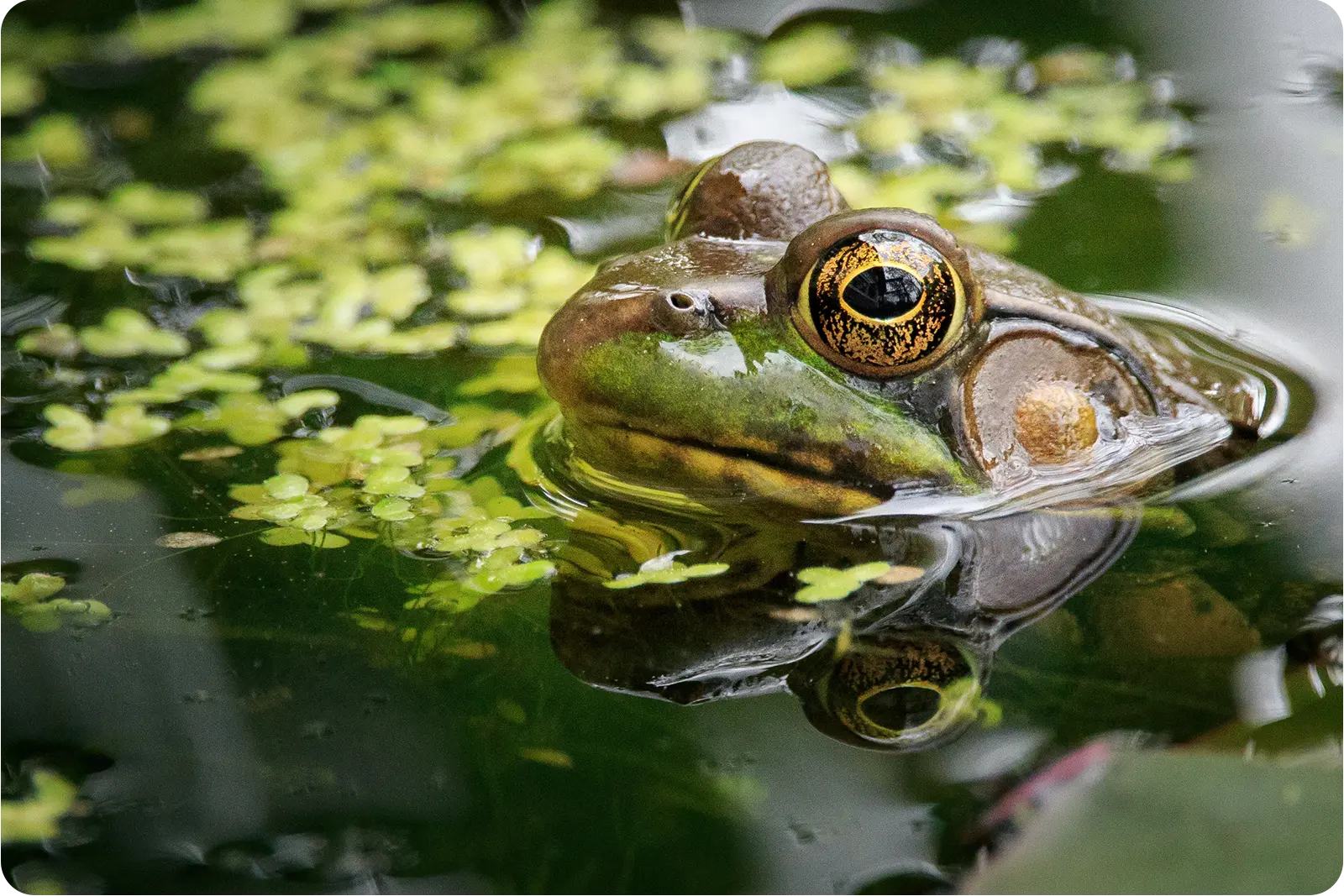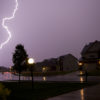
Pools are the pinnacle of backyard relaxation, but for many homeowners, they can also serve as a surprising magnet for wildlife. Whether it’s curious raccoons, thirsty deer, or wading ducks, your swimming pool can attract a wide variety of wild animals.
While these visitors can be charming, they also bring hygiene, safety, and maintenance concerns for pool owners. They can contaminate the water with feces, urine, and parasites, introducing harmful bacteria that pose health risks to swimmers. Additionally, small animals may become trapped in the water, leading to unsanitary conditions and potential damage to your pool’s filtration system.
These potential impacts make it crucial to prevent wildlife intrusions. Luckily, there are a handful of humane, practical strategies for keeping wildlife out of your pool water and maintaining a safe, clean, and eco-conscious backyard.
Effective Wildlife Deterrents for Pools
Physical and technological deterrents are among the first lines of defense. One simple solution is motion-activated sprinklers, which startle and scare away animals without causing them harm. Solar-powered wildlife deterrents are another highly effective option, especially for nocturnal visitors. When motion is detected—whether by a raccoon sneaking in or a curious fox—they respond with flashing lights, ultrasonic sound bursts, or a combination of both.
These deterrents are especially useful for homeowners seeking low-maintenance, eco-friendly solutions to protect their pool area without disturbing the surrounding wildlife ecosystem. For added protection, consider combining multiple deterrent types designed for different species and behavioral patterns.
Choosing the Right Pool Cover for Wildlife Prevention
Pool covers keep out all kinds of debris, but they can also act as a physical barrier against wildlife. The most effective covers are tightly fitted, sturdy, and able to withstand the weight of animals without collapsing. Mesh and solar covers can be useful, but it’s essential that they are secured at the edges to prevent entry.
Covers made from sustainable materials such as recycled plastics and bio-based polymers offer another bonus: they’re better for the environment while enabling energy efficiency and water conservation. Choosing a cover that’s both green and durable supports safety and sustainability in the long run.
Eco-friendly and Pet-safe Fencing Options
Fencing is another critical component of keeping your backyard clean, acting as a barrier against wildlife and other unwanted items.
Especially for homeowners with pets, safe materials like vinyl or composite fencing can provide a smooth surface and no sharp edges. Mesh fencing with fine grids also works to keep smaller animals like frogs and rodents at bay.
To get the most out of your fencing, integrate wildlife-friendly landscaping by picking plants that don’t attract animals and strategically placing shrubs to block access points. Pairing plants with fencing allows for a layered defense, blending functionality and aesthetic appeal. Design considerations include using earthy tones to complement the surroundings and adding climbing vines or hedges along the fence line.
Using Natural Repellents and Sound Devices
Natural repellents such as vinegar sprays, citrus peels, or essential oils (such as peppermint and eucalyptus) can discourage animals from approaching. Better yet, these options are non-toxic and safe for pets.
Sound-based deterrents are another tried-and-true option. Systems that operate at low decibels or ultrasonic levels can emit frequencies that are unpleasant to animals but inaudible to humans. Sound devices should be installed with care, as they are especially useful near pools and garden edges. It’s also important to check local guidelines to ensure compliance with noise ordinances and wildlife protection laws
Seasonal Wildlife Behavior and Pool Safety
Wildlife behavior changes with the seasons. In the spring, nesting birds and amphibians are particularly active. During the heat of summer, animals such as deer and raccoons are more likely to visit your swimming pool in search of water. Fall brings foraging mammals like squirrels and raccoons, while winter may encourage animals to explore pools as an alternative shelter or water source.
That said, your deterrent strategies need to be tailored to each season. When animal activity peaks in the summer, you can increase your lighting and sound deterrents. When water supplies freeze over in the winter, you can cover your pool to prevent animals from creeping in. In any season, the key to success is keeping an eye out for cues and responding with creativity and adaptability.
Maintaining a Wildlife-free Pool Environment
In addition to the wildlife deterrents and strategies outlined above, routine pool maintenance is another piece of the puzzle. Keeping your pool water clean and balanced avoids attracting insects and algae, which in turn attract amphibians and birds. When they’re not being used, store your pool toys and floats in a safe place to eliminate potential nesting spots.
Whenever possible, use wildlife-safe chemicals such as enzyme-based cleaners and avoid runoff into nearby ecosystems. Additionally, features like waterfalls and fountains can be modified to deter animals by minimizing standing water and limiting accessibility.
A Balanced Approach to Pool Safety and Wildlife Protection
Maintaining a wildlife-free pool doesn’t mean being anti-nature—it means striking a balance between enjoying your backyard and protecting the ecosystem. Through effective, eco-friendly deterrents like pet-safe fencing, natural repellents, and regular maintenance, you can keep animals out of your pool water and can enjoy the peace and quiet of your backyard.
Looking for more help with swimming pool upkeep? Learn more about our comprehensive pool services.



